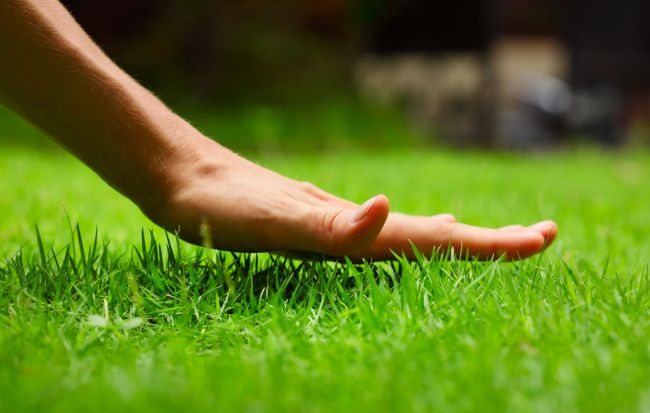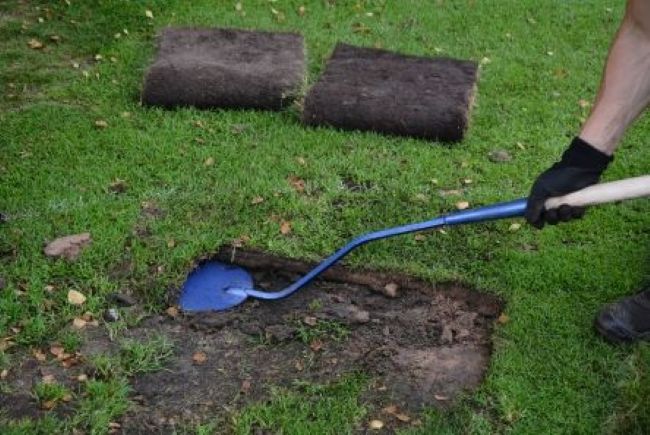How to Repair an Uneven Lawn in a New Build Home

If you’ve recently moved into a new build home, chances are you’ve noticed that your once pristine lawn is showing signs of unevenness within the first 6 to 12 months. This is a common issue, largely due to contractors focusing on laying good quality turf quickly, but with little time for proper ground preparation. The result is often an uneven lawn that becomes more noticeable as the turf settles. Fortunately, there are solutions to this problem. But first, let’s dispel a common myth: rolling your lawn to level it is not the answer.
Why Rolling Doesn’t Work
The idea that rolling can level out your lawn is a common misconception. While it may seem logical to flatten the high areas, rolling will actually compact both the high and low areas of your lawn. This compaction can prevent proper drainage and lead to poor grass growth. Instead, there are three effective methods to repair an uneven lawn.
1. Top Dressing with Soil and Sand Mix
The simplest and most commonly recommended method for levelling small dips in your lawn is top dressing. For this, you’ll need topsoil that has been screened to remove stones larger than 15mm and mixed with 50% sharp sand.
Here’s how to do it:
- Apply the top dressing to the low areas of the lawn, being careful not to smother the turf completely. Some grass blades should still be poking through the top dressing, allowing the turf to grow into it naturally.
- Once you’ve filled the hollows, you can add grass seed that matches your existing lawn to help the area thicken up more quickly.
This method works well for small, shallow depressions and helps the grass naturally knit back into the topsoil.

2. Using a Turfing Iron for Deeper Hollows
If your lawn has a few deep dips or hollows, top dressing alone may not be enough. For these cases, you can use a turfing iron or turfing spoon – a specialised tool designed to lift small sections of turf.
Here’s how it works:
- Use the turfing spoon to carefully peel back the turf over the affected area.
- Add topsoil underneath the lifted turf until the hollow is filled.
- Reposition the turf, pressing it down to ensure it is well-seated.
This method is ideal for areas where you want to preserve the existing turf but need to add soil to correct the level.
3. Lifting and Re-Leveling with a Turf Cutter
For severely uneven lawns with multiple large dips, the best solution might be to lift the entire lawn and re-level the ground underneath. While this might sound like a big task, it’s more manageable than you’d think, especially if the quality of the turf itself is still good.
To do this, you’ll need to hire a turf cutter, which you can get from most local hire companies. Follow these steps:
- Use the turf cutter to lift the turf, setting it aside carefully.
- Once the turf is removed, add sharp sand to the low areas, especially if you have clay soil, as this will improve drainage and make the soil easier to work with.
- After re-leveling the soil, relay the turf, making sure to firm it down properly.
This method is ideal for lawns with extensive unevenness but good-quality turf that you don’t want to waste.
Dealing with an uneven lawn in a new build home can be frustrating, but with the right approach, you can restore a level, healthy surface. Whether you choose to top dress, lift small areas, or re-lay the entire lawn, these methods will help you achieve a smooth, even lawn that will last for years to come. Remember, patience is key when working with your lawn – give it time to settle and recover after any repair work.